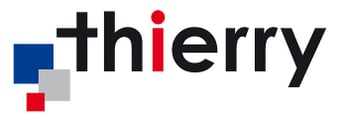Dry Etching - What is Dry Etching • Dry vs Wet Etching • Differences of both processes
Dry etching is a plasma process used to create designed patterns on a surface. Dry etching is most commonly used on printed circuit boards. The process is not very different from a normal plasma etching surface treatment. The one difference in dry etching is that a mask is placed on the surface in the shape of the desired design. The plasma particles then bombard the surface and etch out the pattern giving the surface a practical microstructure. Our plasma systems have the ability to tailor dry etching characteristics to the customer’s needs such as whether you require an anisotropic etch or isotropic etch.
Dry Etching vs. Wet Etching
Wet etching is another strategy to create microstructural designs on surfaces. This process involves using chemical solutions in a bath type setting. This type of etching is not as precise. Dry etching has the advantage of being able to define small features of sizes below 0.1 micrometers, whereas wet etching cannot adequately define features below one micrometer. Also, wet etching requires the use of hazardous chemicals and can also cause water contamination. Dry etching is completely safe and an environmentally friendly process. Dry etching is also ideal for large scale production, while still being reasonably sized.
To learn more about etching, check out our eBook titled "Plasma Etching and Cleaning Strategy for Better Product Quality."

